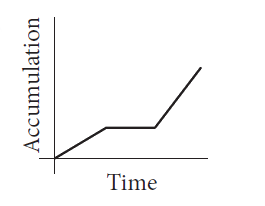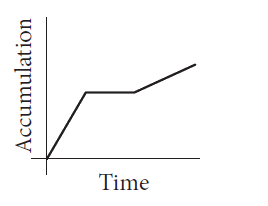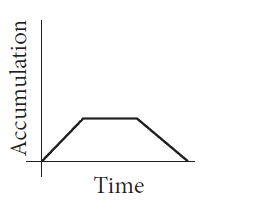The snow Leopard is
Panthera pardus
Panthera uncia
Panthera tigris
Hylobates hoolock.
The correct Answer is:B
Step-by-Step Solution:
1. Identify the Question: The question asks for the scientific name of the snow leopard.
2. Review the Options: The options provided are:
- A) Panthera pardus
- B) Panthera uncia
- C) Panthera tigris
- D) Hylobates hulok
3. Analyze Each Option:
- Option A: Panthera pardus: This is the scientific name for the common leopard, not the snow leopard. Therefore, this option is incorrect.
- Option B: Panthera uncia: This is the scientific name for the snow leopard. It is also known as "ounce" and is the correct answer.
- Option C: Panthera tigris: This is the scientific name for the tiger. Hence, this option is incorrect.
- Option D: Hylobates hulok: This is the scientific name for the hoolock gibbons, which are primates. Therefore, this option is also incorrect.
4. Conclusion: After analyzing all the options, the correct scientific name of the snow leopard is Panthera uncia. Thus, the correct answer is option B.
- A) Panthera pardus
- B) Panthera uncia
- C) Panthera tigris
- D) Hylobates hulok
- Option A: Panthera pardus: This is the scientific name for the common leopard, not the snow leopard. Therefore, this option is incorrect.
- Option B: Panthera uncia: This is the scientific name for the snow leopard. It is also known as "ounce" and is the correct answer.
- Option C: Panthera tigris: This is the scientific name for the tiger. Hence, this option is incorrect.
- Option D: Hylobates hulok: This is the scientific name for the hoolock gibbons, which are primates. Therefore, this option is also incorrect.
Topper's Solved these Questions
Similar Questions
Knowledge Check
Sprinkling of salt helps in clearing the snow covered roads in hills. The phenomenon involved in the process is:
ALowering in vapour pressure of snowBDepression in freezing point of snowCMelting of ice due to increase in temperature by putting saltDIncrease in freezing point of snowHow does sprinking of salt help in clearing the snow covered roads in hilly areas? Explain the phenomenon involved in the process.
Alowering in vapour pressure of snowBdepression in freezing point of snowCincrease in freezing point of snowDmelting of ice due to increase in temperature by putting saltSnow fell and then stopped for a time. When the snow began to fall again, it fell at a faster rate than it had initially. Assuming that none of the snow melted during the time indicated, which of the following graphs could model the total accumulation of snow versus time?
A B
B C
C D
D
Walking becomes difficult, When the ground is covered with snow or sand this is because
View SolutionHow does sprinking of salt help in clearing the snow covered roads in hilly areas? Explain the phenomenon involved in the process.
View SolutionThe colour of red snow is due to
View SolutionWhich biome is speciallised by thick covering of snow year to year?
View SolutionExplain the following:
Why the weather becomes bitterly cool when snow starts melting?
View Solution
